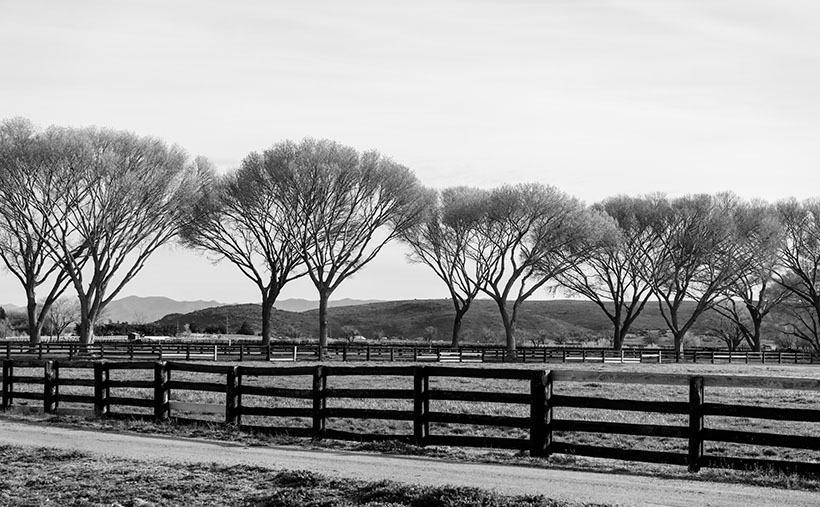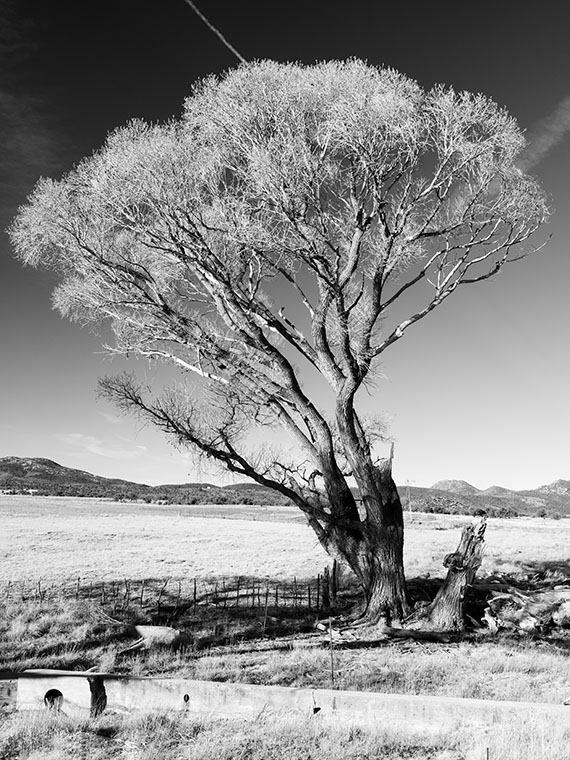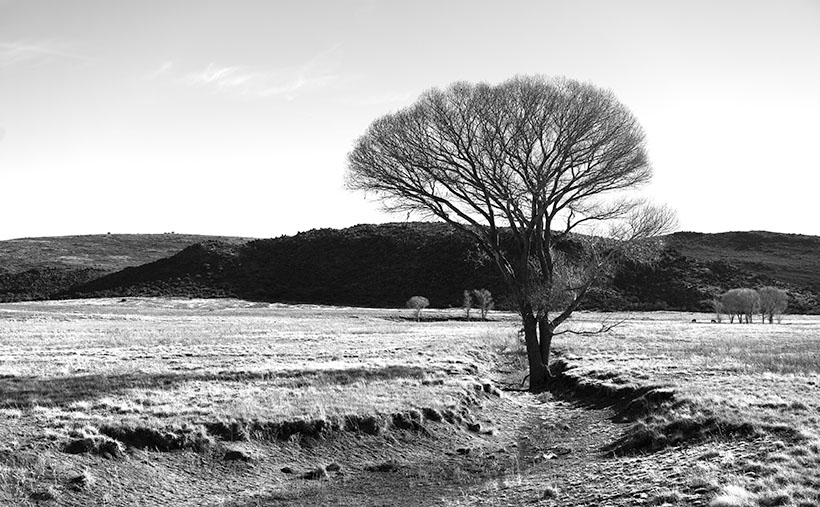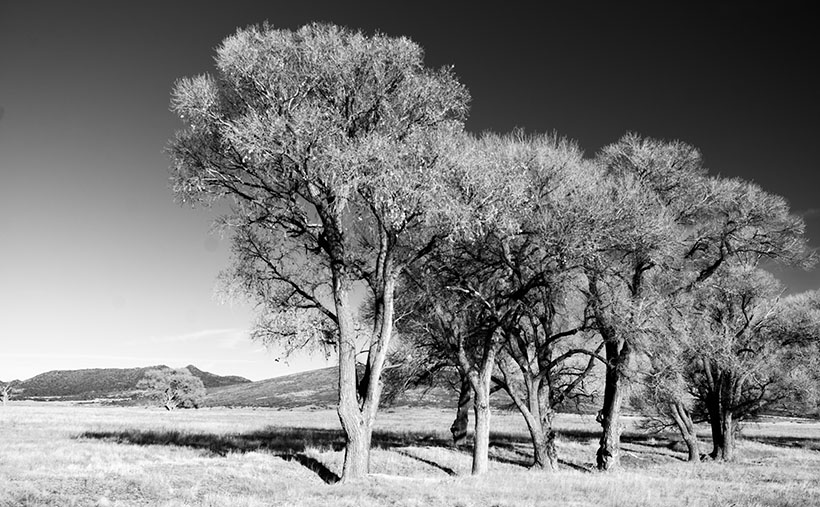I’m amazed at how much things have changed in a month, and how current events are forcing me to find new ways to provide new content for you. Last month was Anne’s knee surgery, where I needed to stay close to home and care for her. Now that she’s on the mend, I thought I’d be able to go on one of my road trips and gather new subject matter, but that’s not happening. With the pandemic looming over us, our Governor has ordered us to “Stay At Home” unless it’s for essential services. His list of critical activities includes playing golf—as a form of exercise.
Those of you that know me well know that I’m not a rebel. I’m no James Dean, and I usually follow the rules. In other words, I’m a coward. I’ve spent the last week anxiously trying to figure a way to get new photographs for you. Should I go on my planned trip? Should I cancel my blog this month? My stomach was in knots, and I wasn’t sleeping well. I was only getting two naps a day instead of my usual three.
I spent the beginning of the week perusing the Governor’s proclamation, and I came up with an answer. Instead of taking a trip out of town, I’d pick an empty road in Wickenburg. That way, if the Gendarmes stopped us, I could say that we’d gotten lost on the way to the golf course, and we were only exercising.
The road we picked is called The Scenic Loop—seriously, that’s its name. It starts at US 93 north of town and goes past the Hassayampa River Box Canyon before it winds up at the Boyd Ranch. We had no problem keeping a safe distance from other people because we were alone. In the two hours we photographed, I got enough material to keep me locked in my office until June.
Another big difference is the contrast between March’s pictures and those I have for April. Last month was about winter and old gnarly cottonwood trees. This month’s series is about spring, color, and new growth. April is always the prettiest time to be in the Sonoran Desert.
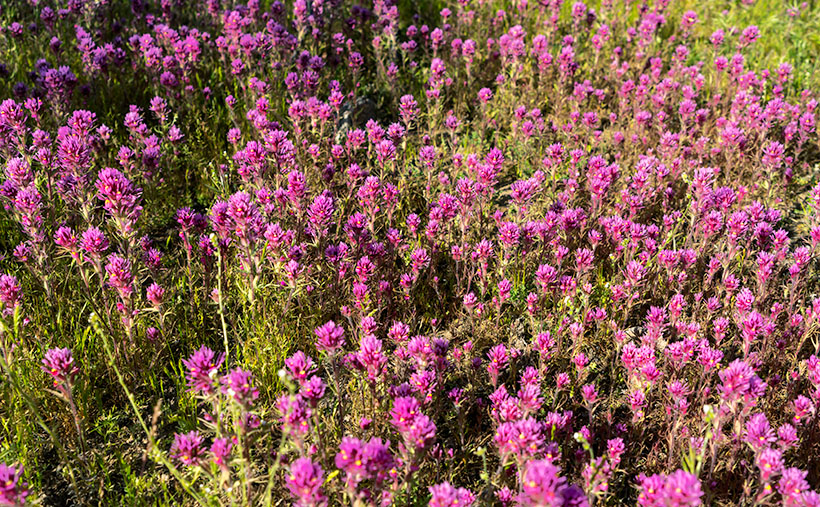
This week’s featured image is an example of what I mean. Usually, the desert floor between cacti is bare gravel, but not this week. It’s full of grass and wildflowers, and in this case, a patch of Purple Owl’s Clover. I don’t think it’s related to the tiny white flowers that get into your lawn; they just look the same. Patches such as these appear on flats where there’s Goldilocks water (just right).
You can see a larger version of Purple Owl’s Clover on its Web Page by clicking here. I hope you enjoy it. Come back next week when we continue with our illicit trip along Wickenburg’s Scenic Loop.
Until next time — jw

